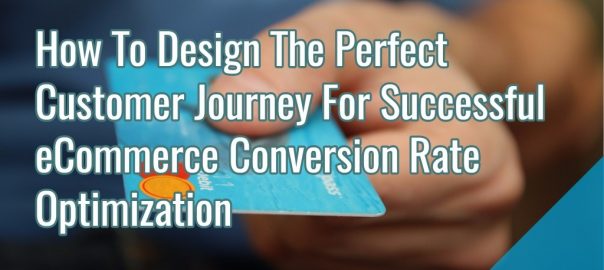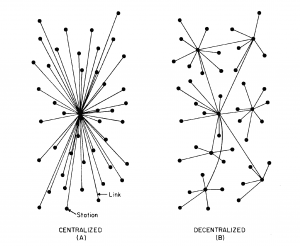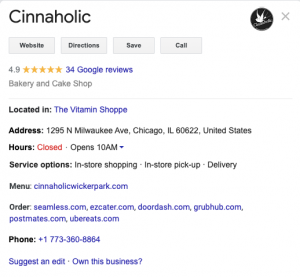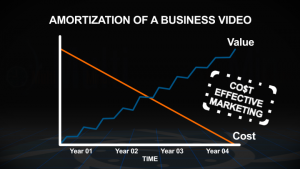
Let’s be honest – We all would love to have a conversion funnel that converts at an incredible rate. Every shopper who visits our eCommerce website loves it and becomes a loyal customer. Sounds hard to believe, right? You guessed right, it is extremely difficult to please all kinds of customers.
The way people perceive eCommerce has changed and the fact that the number of eCommerce stores are quadrupling every month doesn’t help either.
For starters, reaching out to prospective customers is proving to be a difficult task as they are active in various mediums through various devices. And once you get them to the store, it’s impossible to get them to convert.
If you are sailing in a similar boat, what you need is a comprehensive plan that maps the customer’s journey to and in your store. With that in mind, we’ve created the best customer journey for an eCommerce store in 2017. The below is based on conversations we’ve had with, and data from, eCommerce store owners.
Step #1: Uncovering Your Customer Persona
You can’t map your customer journey without knowing your audience.
Let’s imagine your eCommerce store sells organic beauty products that are known for their safe ingredients and long lasting benefits. Your potential buyer’s persona would be something like:
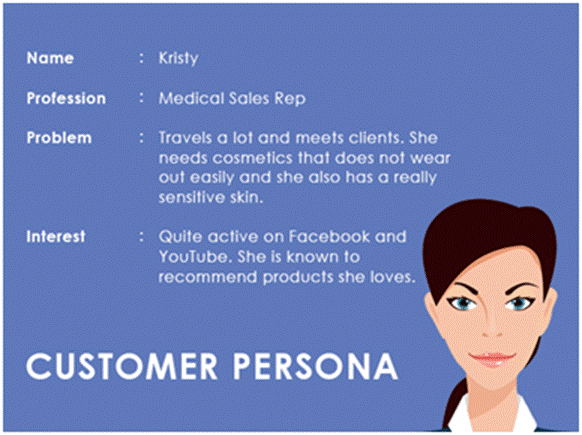
To target personas like Kristy, your marketing message should reflect the lack of harmful chemicals in your organic product and how the ingredients are designed to stay on your skin for long durations.
In this case, Since Kristy travels a lot she doesn’t really have the time to read content but loves to watch videos to catch up on things that interests her. The right medium to target her is video where a social campaign with a popular YouTube cosmetic and makeup channels will definitely be a hit with Kristy.
You need to start building similar buyer personas to understand what marketing messages and channels will reflect best with your target audience.
Step #2: Understanding Where Your Traffic Comes From
You should know what marketing mediums work best for your brand and market. Google Analytics and similar tools can help you understand which social platforms bring maximum traffic and conversions, allowing you to manage your ad budget better.
It’s not a necessity that you should be present everywhere; start making smart marketing decisions by optimizing the platforms that work best for your eCommerce store to improve your ROI.
Step #3 Understanding Your Traffic
Our site traffic is broadly classified into six different groups:
- Explorers – First time customers who want to check out what you have to offer.
- Followers – Visitors who like your products and the information you offer. They like to be in touch and might buy from you later.
- One-time Buyers – People who buy from you once and never return again. They might not be happy with your product or service.
- The Regulars – Ones who like to stop by to see what’s new and buy from your store regularly. They shop at online other stores, as well.
- Loyalists – People who always shop only in your eCommerce store.
- Cart Abandoners – New and existing customers who leave halfway during a transaction. You will be surprised by how many people do that.
Step #4: Creating An Optimized Conversion Funnel
Now that you have understood your audience and have designed the best marketing messages to get them to your store. Let’s understand what an optimized eCommerce store funnel looks like.
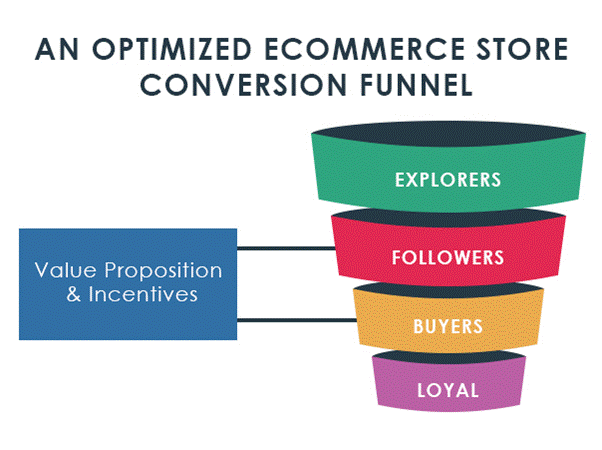
Notice the intermediate steps I added to the funnel – ‘value proposition’ and ‘incentives.’ In the eCommerce business, these steps are extremely crucial in converting site traffic into customers.
If you aren’t already implementing this, then you should look at my most favorite optimization framework, the ‘see – think – do’ framework. It talks about creating a wholesome eCommerce UX for your customers. The lesson is not to measure your eCommerce success with just the transactions that take place.
- See – People who wear makeup
- Think – People who wear organic cosmetic products and looking to learn more about what you sell
- Do – People who wear organic cosmetic products and looking to buy something now
It’s about how you can target all your traffic through micro-goals.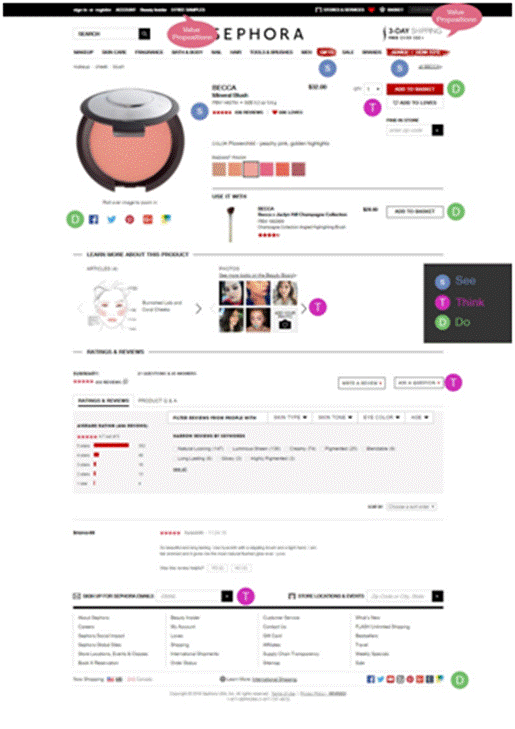 Image Courtesy: www.sephora.com[/caption]
Image Courtesy: www.sephora.com[/caption]
These various ‘See – Think – Do’ micro-goals are great to target the first 4 variants of traffic that come to your eCommerce website. You provide valuable content that helps explorers convert to followers and amazing value to convert your followers to buyers. Then you go on to find new customers.
You might think that your eCommerce customer journey ends here. It doesn’t.
Most eCommerce websites I shop at rarely send emails to get me back to their website, even after a successful transaction.
It’s one of the biggest drawbacks of the eCommerce websites – They only focus on closing the immediate sale and then go back to acquiring new customers. A shocking stat is that 44% of companies focus on customer acquisition only while just 18% of companies focus on customer retention.
When acquiring a new customer cost 5x times more when compared to retaining one, why do marketers prefer the former to latter?
It could be because the success rate is higher in acquiring new customers through lazy marketing.When customer retention is done right, there is a tremendous increase in your ROI which is clearly portrayed in the graph below:
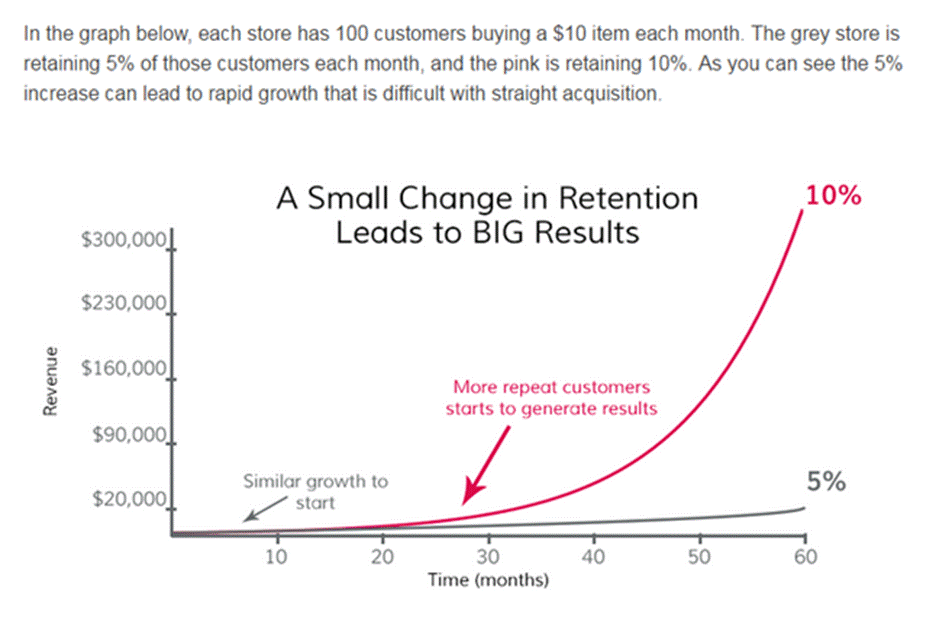
So, do you wish to convert buyers to loyal customers and improve retention? Then read on.
Step #5: Designing The Perfect Shopping Experience
Personalization has become one of the key aspects for your eCommerce store’s success. It helps in converting one-time customers to regular buyers.
Marketers see a 19% increase in sales just by personalizing their website experience. Also, 9 out of 10 customers feel that personalization has some sort of influence in their eCommerce spending.
With the new eCommerce tools in market, it’s no longer an expensive ordeal to provide an exclusive personalized shopping experience to your customer.
Include personalized recommendations based on customer’s browsing history and favorites to provide a unique shopping experience. It will greatly improve product discovery and thereby improve your conversion rate optimization.
Step #6: Give Enough Reasons For Customers To Stay On Your Site
Strategize and find ways to encourage customers to spend time on your eCommerce website.
The analytics and sales reports are the best place to start, as they show you the most popular products and most visited pages on your site. Give visibility to these product and pages to easily improve customer activity within the website. You can also showcase customer testimonials and product reviews and ratings.
This kind of user generated content not only improves your on-page SEO but also improves your service and product credibility.
Step #7: Invest In A Loyalty Program
Loyalty programs make customers feel privileged and improve their site visits.
Framing the right loyalty program could be difficult but providing the right incentive based program can help improve your sales dramatically.
A loyalty program that provides shoppers with points that could later be used for future transaction is a great way to get them keep shopping from you.
69% of consumers say their choice of retailer is influenced by loyalty or reward program points .
There are also other loyalty programs where members avail special discounts or access to privileged promotional sales.
Understand your eCommerce products and create a useful loyalty program.
Step #8: Stop Cart Abandonment
A customer has added products to their cart and is about to checkout, but he doesn’t. Sadly, this happens all the time.
In fact, the average cart abandonment rate for an eCommerce store is 65.23%.
For an eCommerce shop owner, this is a pretty big deal, as each abandoned cart is an opportunity lost.
According to eMarketer, 56% of shoppers abandon their cart hoping to get to it later.
By being a tech savvy marketer, you can send personalized cart abandonment mailers to remind customers about the products they left behind. Automate the entire process to send a sequence of emails to improve the chances of getting back the lost sales.
Step #9: Look For Ways To Bring Customers Back To Your Website
Plan a promotional calendar targeted to get customers back to your website. Social media campaigns are the best way to improve your brand awareness, while retargeting ads and mailers help you convert customers better.
Product recommendations and seasonal sales are great excuses to reach out to customers through emails. Ensure each email you send out to customers is personalized with the right message and product recommendations that matters to customers. Make use of eCommerce personalization tool that lets you segment customers of similar interests and then sends automated emails for maximum ROI.
Remember, your most loyal customers can also leave you when your competitor provides a better service and is proactive with their marketing campaign. Don’t lose out on a single opportunity, automate campaigns for the entire week and always be on the lookout to find the perfect excuse to mail your customers.
Step #10: Build An Awesome Customer Support Team
It all comes to a good customer support. When you are new to the eCommerce business, customer support might not seem like the best investment to make. But, when you get your name established, having a strong customer-friendly support team and policy helps you connect better with customers and effortlessly improve your conversion rate.
One great example is Zappos, their customers refer their services to all their friends and relatives just because they are known for their awesome customer support.
Most of all, prominently display your customer support email and phone numbers to build customer’s trust. Make use of customer support tools like live chat to engage better with customers. When customers feel that you are just a tap away, they will not hesitate to make a transaction with you. A comprehensive FAQ section is also advisable to let customers help themselves with the information they need.
Building a solid customer journey might seem challenging since it requires changes in your entire eCommerce process. But, when you break it down and look at your business from a customer’s point of view, your eCommerce CRO becomes easy.
Final Thoughts
It sure does sound like a lot of work, but visualizing and planning your customer’s journey will provide you the best ROI and happy, loyal customers. Needless to say that as you start introducing new elements on your website or changing the behavior of certain elements, you should do that through A/B testing. We are strong believers that visitors must have a say in any change to the website.
Building the funnel is the toughest part and once you have all parts in place, it’s all about attracting customers with the right message at the right time. So, you still want to lose out on a win-win situation and still struggle with your eCommerce process? Let me know what you think!
* Adapted lead image: Public Domain, pixabay.com via getstencil.com
The post How To Design The Perfect Customer Journey For Successful eCommerce Conversion Rate Optimization appeared first on Search Engine People Blog.
(72)
